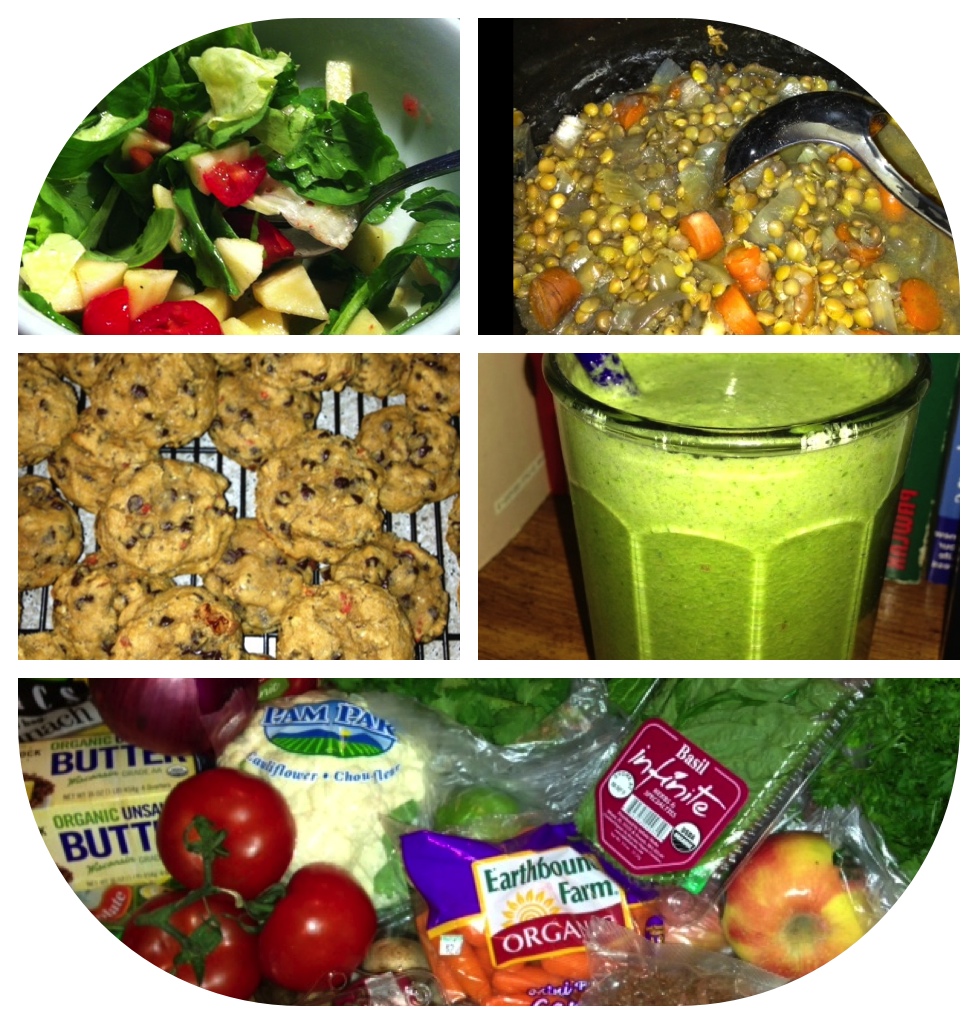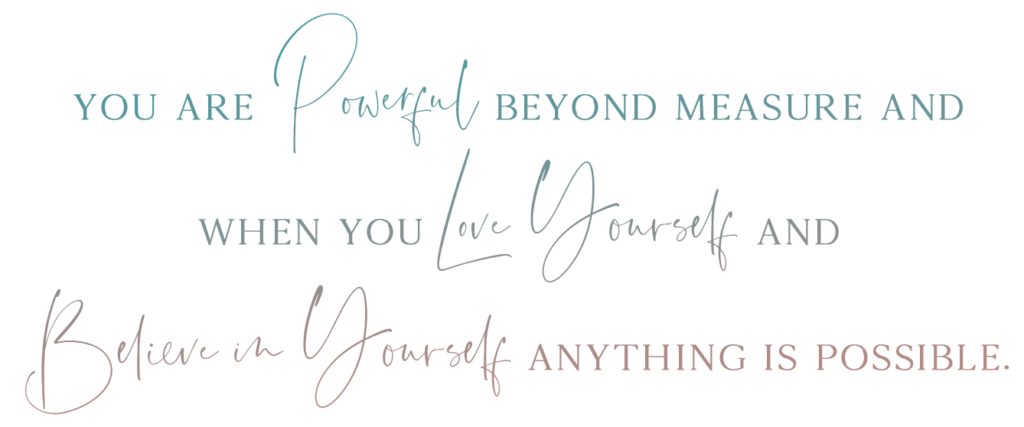By Nicole Doherty – Published in American Athlete Magazine
You exercise. So you’re healthy right? Not necessarily. What do you put into your body for fuel? Do you know what you are eating or why you are eating?
There are many folks out there that exercise, but don’t pay much attention to their food choices until they get older and receive messages from the body in the form of illness, a warning from their doctor about cholesterol or weight gain.
What’s the state of affairs for most of us?
Many of us are sick emotionally and physically. We eat too much, we drink too much, we eat processed food because it’s easy and fast. We eat out a lot. Most restaurant food is high in fat and sodium and overly processed. We don’t sleep enough, we don’t exercise enough, we worry too much and we don’t allow ourselves any down time. Even though our bodies are capable of eliminating toxins, we feel toxic. We don’t pay any regard to our food as a source of real nourishment.
How have we gotten this detached from our bodies and our relationship to food?
Thousands of years ago, in Vedic times, we were in touch with our food. Food was a source of nourishment and also used in the process of healing. Food choices have always been closely linked to the practice of Yoga. Yoga’s sister science is Ayurveda. Ayurvedic medicine is a system of traditional alternative medicine native to India that pays particular attention to what and how we eat, mainly as a system of maintaining good health.
We know Yoga in the West as a system of detoxification. Each yoga pose has a medical benefit and a purpose relating to the muscles and the organs. Yoga cleanses the body through the use of breath and movement, but it is also a holistic science that affects the choices that we make with regards to our inner and outer worlds – a large part of which is food.
It seems logical that when we become more aware of our bodies through yoga and other forms of movement and exercise, we would naturally want to understand how to make our vehicle function optimally, thus, the marriage of Yoga & Ayurveda.
I exercise. I do Yoga. I juice fast!
Detox products and juice fasts are the current trends in the health & fitness industry. There are more products on the market than we can imagine. Because we are a fast food nation, we want our bodies to eliminate quickly and conveniently to match our super busy schedules. The problem is we do these fasts and then we go right back to the unhealthy eating habits when we are done.
What’s the truth about these extreme fasts?
If you Google the word “cleanse”, the first thing that pops up is “The Master Cleanse”. Almost everyone has heard of this cleanse in which all you consume is lemon juice, cayenne pepper and maple syrup for 7 days for a full detox. The Master Cleanse offers weight loss, elimination of toxins, and a light, focused cleansed feeling.
Not eating for a week is just not that fun, it’s quite confronting and it’s not naturally how we are physically hardwired. I want to acknowledge the Master Cleanse as a powerful process, but also tell people that this is not the only way to cleanse either.
Back when we were gatherers and hunters, often times we had to deal with months of drought, famine, etc. During these times, food supply was low, so we had to eat less. When we are deprived of food, our brain signals our body to go into reserve or starvation mode. When we are deprived of nutrients that we need, our brain sends signals to every muscle, every organ, and cell in our body and our heart rate and metabolism slows down in hopes to conserve energy until there is food again. This is how our bodies are hardwired through evolution. So when doing extreme cleanses like “The Master Cleanse”, our brain literally thinks we are starving, and as soon as we eat a morsel of solid food, guess where it goes …right to your gut (or your thighs or your butt or wherever else you tend to gain weight).
Scientists and nutrition experts have researched, tested and argued the validity of extreme detoxes, and have concluded that there is little to no scientific evidence that they legitimately work. Most of us don’t realize how fantastically functional our bodies are. We take for granted the fact that we can breathe in and out fairly easily without thought, that when we get a scratch, usually it heals without much effort. Well the same goes for toxins. Our bodies are extremely well equipped when it comes to eliminating toxins (unless you have liver, colon or kidney dysfunction).
Generally, when doing extreme detoxes for long periods of time, the risks outweigh any benefits. Sure, you will eliminate something when you consume very little (like in the Master Cleanse), but you are also eliminating vital nutrients your body needs, and that just isn’t a good thing.
What are some cleansing alternatives?
Let’s start by going back to our roots and eating, real, whole, seasonal, organic food. We can start eating via the color wheel methodology and cut down on our processed food intake.
If we emulate the colors of the rainbow when eating our fruits and vegetables we maximize our intake of a diverse and broad range of essential vitamins, minerals and nutrients.
We can begin by removing substances that our bodies are not naturally inclined or designed to process like dairy for example. I know you love those cheese platters so much, but maybe cut down your intake and make it a special treat for the week. Most of the dairy that we consume has been derived from cows that are fed hormones, antibiotics and other things that our bodies weren’t designed to assimilate.
It’s also time to observe the addictive substances like caffeine that jacks our adrenal system and creates a false sense of being awake, when and we really need is more sleep.
We can begin to reduce our intake of refined sugars, sodium and processed foods. Processed foods are loaded with preservatives, artificial flavors & colors, corn syrup and loads of other things invented in a lab. When we consume these things, our bodies have no idea what to do with them. Some of it does get eliminated, however, some of it is processed into your bloodstream, your organs, muscles, bones, etc. Unfortunately, your body was not meant to ingest these things, so they become toxic. In the long run, these toxins can create problems like ulcers, blood clots, and even cancer.
The last one to mention is meat. This is a deep subject, but worth mentioning mostly because of the energetics of what you are putting into your body. The way that the animals are treated and what their state of mind is when they are killed, we ingest. In watching Food Inc many years ago I was convinced that meat was not the way to go for many reasons.
So, what’s the Yogic way of eating?
As a yoga practicioner, my food choices changed quite naturally. I never really sought out a new way of eating, but in listening to my body and understanding my body, I began to eat completely differently. Also, in observation of my mind, I saw my relationship to food choices. The process of eating changed as a result of my body-mind awareness.
Our food choices are affected by our state of mind.
Most of us eat for reasons other than hunger as we mentioned earlier. In fact, we eat quite emotionally. Most of the damaging things we do to our bodies are emotionally driven (ie: binge eating, anorexia, smoking, drugs, alcohol, etc.). Herein lies the problem. Unless we can take care of the emotions that drive us to over eat, drink too much, or smoke a pack a day, most likely no detox or cleanse will help in the long run.
The Key To Successful Food Cleansing
The key to successful food cleansing is to support the cleanse process by also alleviating the toxins in the mind. We need to find the bad habits that cause us to want to harm ourselves.
Our yoga practice supports the cleanse process because the main tenants of yoga are to watch the habits and observe the mind. To detoxify the patterns of behavior that causes us to suffer. When we practice yoga regularly we begin to make mindful decisions from our hearts. We learn to have more compassion. This, in turn, translates to how we make most choices, including our food selections.
Through Yoga we get a deeper understanding of our emotions and how they are affected by the foods we eat. Using the lifestyle principles of yoga, we can mold our cleansing process into an enjoyable experience. Yoga is a process of cleansing. And, we can cleanse also in a yogic way!
The Yoga Sutras, the ancient texts of yoga, were written to offer tools to reduce human suffering and gain incite on how to maximize our joy with a calm, “sattvic” mind. In Ayurveda, it is clear that foods that we consume can contribute to more sattvic states and keep our bodies in balance.
Through our yoga practice and the principle of “ahimsa” in Sanskit or “non-violence”, we learn to choose foods based on learning the yogic principles of compassion for all living things and love for our earth and nature. We learn what it means to live and participate in a sustainable environment. We learn how to live in harmony with nature, thus allowing ourselves to eat according to the seasonality of what’s available, clean and organic. We learn to listen to the ways that our bodies react to foods energetically, chemically, and emotionally.
Eating the yogic way gives us a more sanguine, sustainable energy. We can feel more focused. Our skin will seem brighter, our hair shinier, our teeth and the whites of your eyes will sparkle, and we will probably lose weight.
The best thing about this type of compassionate and realistic cleansing is that we are capable of maintaining this type of eating long term. Eating this way is not a quick fix “cleanse”, but rather a sustainable, conscious lifestyle choice.
So as you begin your path of discovery with yoga, start to watch the other ways that Yoga informs your choices with regards to your body and mind.
By Nicole Doherty – Published in American Athlete Magazine




 Gracefully put yourself first
Gracefully put yourself first